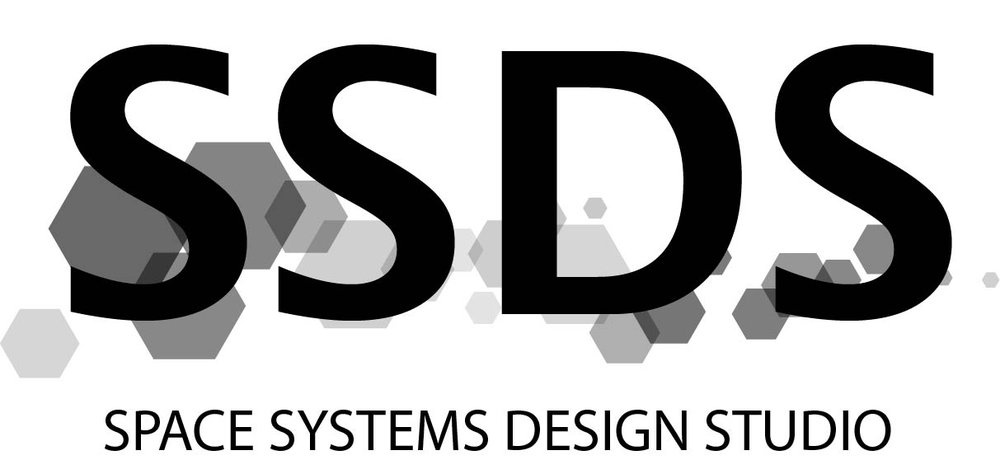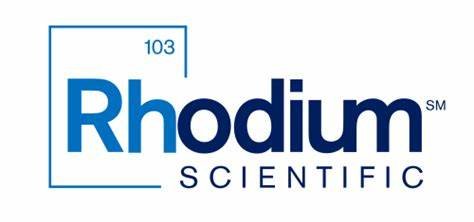Sailing to The Stars
Light Sails
Light sails are an emerging technology that humankind is investigating as a way to enable exploration of the solar system and beyond. Missions like SSDS's own Alpha CubeSat are striving to create smaller light sails that could be accelerated faster, ultimately to reach the closest star system within a reasonable period of time. The Alpha CubeSat project is bringing us one step closer to that goal by testing a retroreflective free-flying light sail with a shape-memory alloy frame.
The nitinol wires of that frame are woven through the sail in an 'X' shape, so that the sail wants to expand into an open position after being folded up and stored in the CubeSat. Compared to other light sail missions that use massive booms to open their sail (which in turn would have to pull the mass of the inevitably larger spacecraft), this sail architecture takes advantage of gram-scale “ChipSat” spacecraft and the novel method for opening up the sail to reduce its overall mass significantly. But before this technology can be widely used, we need to better understand how both the design of the sail deployer and the use of a shape-memory alloy frame affect the attitude kinematics of the light sail's deployment. The Sailing to the Stars mission was created to meet this need.
Sailing to the Stars
Funded by a grant through the ISS National Labs CASIS program (Center for the Advancement of Science In Space), the Sailing to the Stars mission will test multiple deployers for light sails with shape-memory alloy frames. These tests will be conducted by an astronaut within the ISS, and recordings of the tests will be sent back to the team for evaluation. One of the deployment mechanisms that this mission will test is similar to the one already being used on the Alpha CubeSat, and this is done intentionally. While the Alpha team will be able to confirm if the sail deployed successfully, the Sailing to the Stars project will further develop this technology by assessing the kinematics of such a deployment in a microgravity environment.
Understanding the kinematics of the sail’s deployment as well as how to control and stabilize that deployment will be key for the future use of light sails that have ChipSats on them. A more stable deployment means that there can be better pointing of the antenna on the ChipSats, which in turn would allow for more stable communication with those spacecraft. Additionally, the ChipSat spacecraft do not currently have onboard batteries, which means they can only function while their solar cells are in direct sunlight. If the light sail is tumbling when it is deployed, there is a very real chance that the ChipSats may not get a long enough period with direct sunlight in order for them to be located with GPS. Those issues can significantly affect the success of a light sail mission, which further drives the significance of testing the different deployers through the Sailing to the Stars mission.
In addition to testing the single door mechanism that the Alpha CubeSat has, we also will be testing a double door mechanism and comparing how the different deployment types affect the stability of the spacecraft and the sail.
The deployers for this mission will be rapidly designed, built, and tested by the Cornell team here on Earth, with a target of being ready to launch to the ISS by the end of 2024.
Beyond the demo
As members of this research lab, many of us are familiar with light sails and how significant they can be for eventual interstellar exploration. But as light sails are a relatively new and somewhat niche technology, not much of the general public know about them and how they work. Because of that, this mission also focuses on engaging with communities to raise awareness about light sails and laser sails. The Sailing to the Stars tests on the ISS will be live-streamed at Hiller Aviation Museum in the Bay Area, and there will be workshops for the general public at the Intrepid Sea, Air, and Space museum in NYC.
Partners
A special thanks to the ISSNL CASIS program, Cornell Diversity Programs in Engineering, 4Special Projects, Creativity Inc, the Intrepid Sea, Air, and Space Museum, the Hiller Aviation Museum, Avery Dennison, and Rhodium Scientific for supporting the development and implementation of this project.










